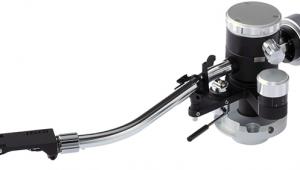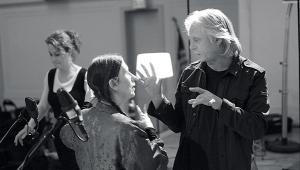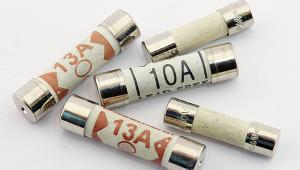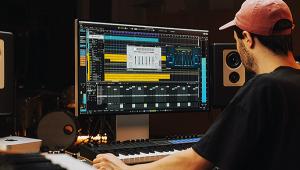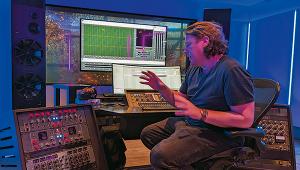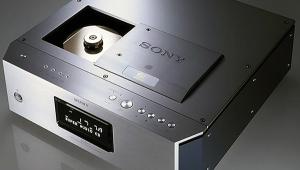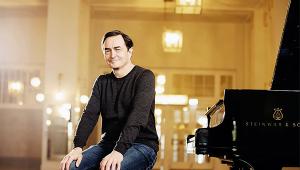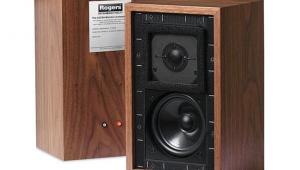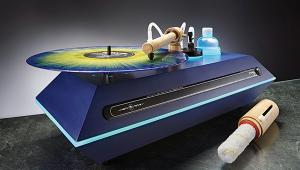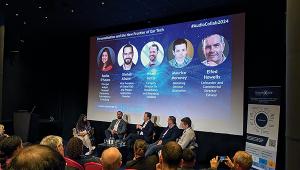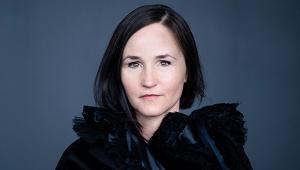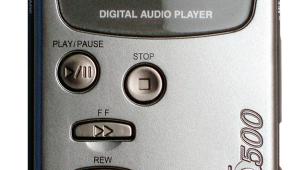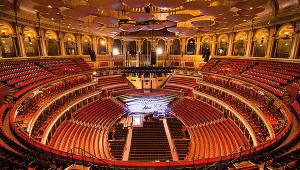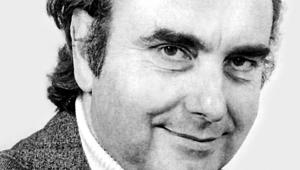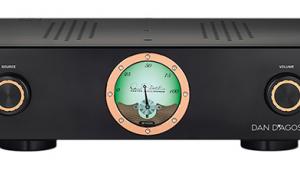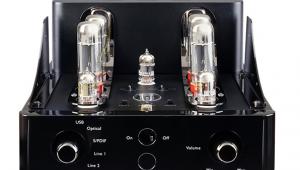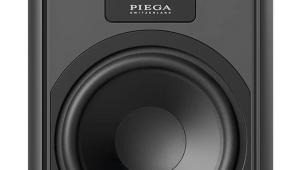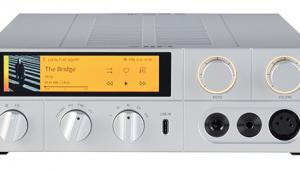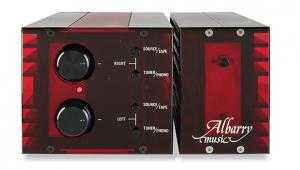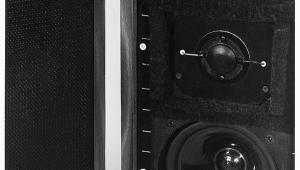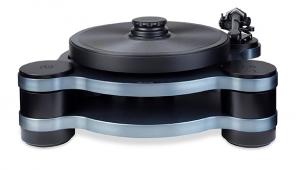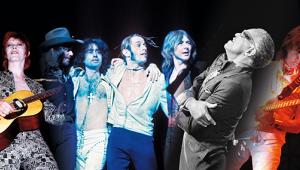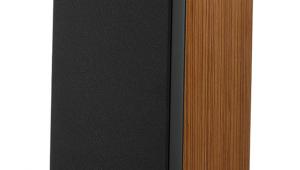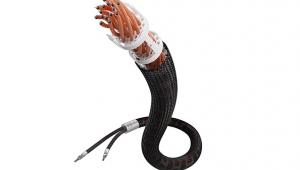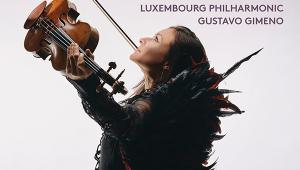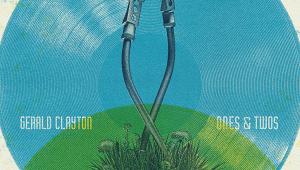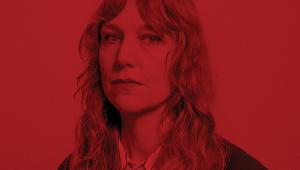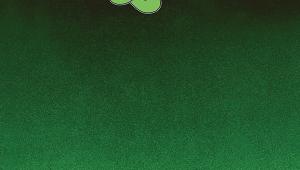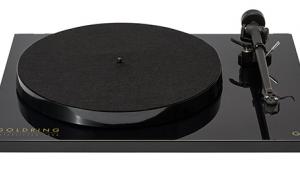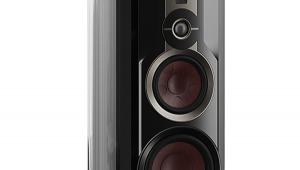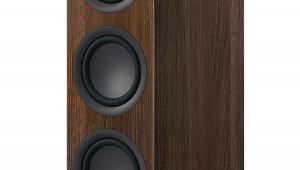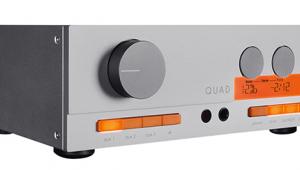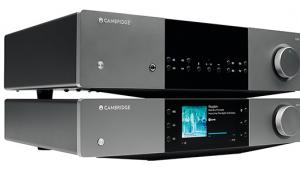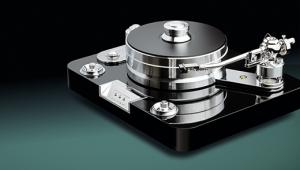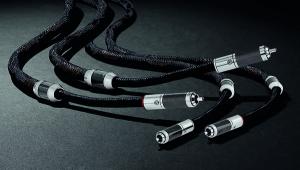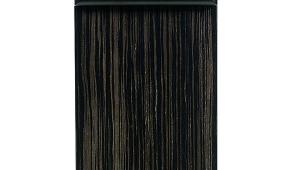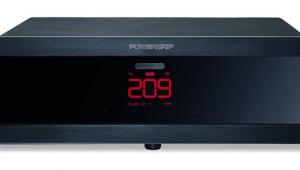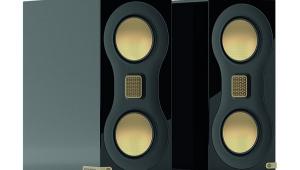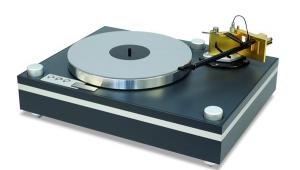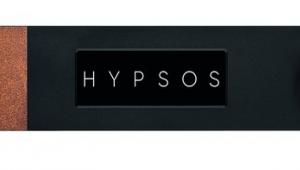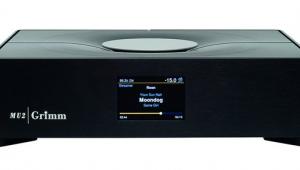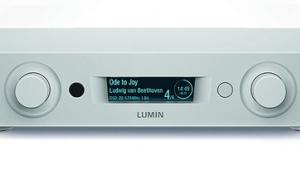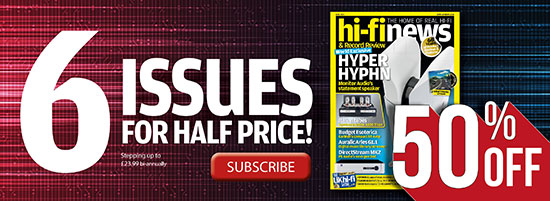Blurred outlines
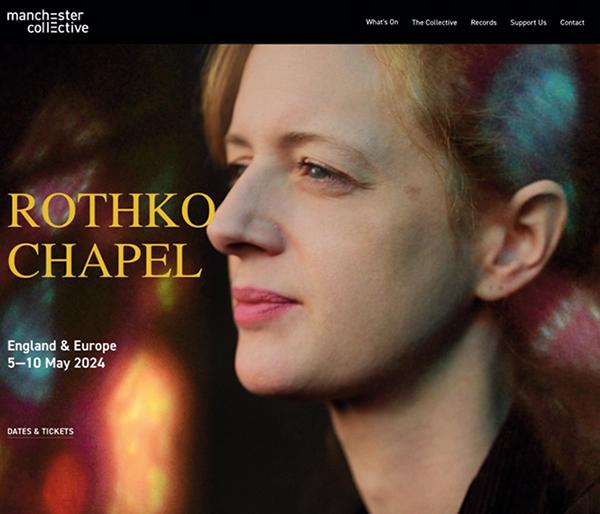
Composers have often been inspired by artists, and vice versa. The Schoenberg anniversary celebrations serve to remind us that extraordinary individuals can even become accomplished in both fields. No one would claim that his paintings approach the originality and mastery of his music, however, and a better example of an artistic all-rounder is Mikalojus Čiurlionis, celebrated in his native Lithuania as a hero both for his art and his music.
Look and listen
Tate Modern in London has been showing an extensive exhibition of the ‘Blaue Reiter’ school of artists, many of them friends of Schoenberg’s, such as Wassily Kandinsky. It was Kandinsky who broke ground by attempting to paint not just musicians, but the experience of listening to music, in compositions such as Impression III (Concert), from 1911. On my study wall is a page from the Second Piano Sonata by Pierre Boulez, and next to it a painting by the artist Sevek, who was commissioned to respond to the look and sound of each page of this breakthrough score.
Carefully considered responses like this may help us to both look and listen more deeply. Much more unpredictable is the fusion of music and art as live experiences. If you have attended more than one or two performances of Mussorgsky’s Pictures At An Exhibition, I fancy that you will have encountered such a fusion. Rather than returning to the pictures originally curated by painter and architect Viktor Hartmann, festivals and orchestras ask artists to put their personal spin on Mussorgsky’s score.
The results are uneven at best, and how could we expect otherwise? Mussorgsky completed his piano score very rapidly, in just three weeks, but how can artists be expected to match his level of controlled invention in a fraction of that timespan? The best visual response to Pictures I have seen was a witty, neo-Futurist film animation, to accompany a suitably linear performance of Ravel’s orchestration conducted by Tan Dun.
More often, when live music and art are stirred together in an uneasy suspension, concert-goers must suffer a kind of hazardous obstacle course. One form tends to block or obscure the other. At a London hall, a few years ago, I saw an unforgettable performance of Schubert’s Death And The Maiden Quartet in Mahler’s string-orchestra version, sabotaged by live art. I had spotted the would-be artist knocking back a few beers during the interval, and it was clear from the opening bars that he was much the worse for wear. His incapacity reached its nadir in the slow movement when he fell and upended his easel, before spending the rest of the movement trying to reassemble it.
Much more sleek in presentation, but not much more satisfactory, was the Manchester Collective event I attended in May. Three young composers had been commissioned for pieces to complement Rothko Chapel, which Morton Feldman had composed in loving memory of the artist after his suicide in 1970. In the Queen Elizabeth Hall, however, it was impossible to tell what we would hear, or when, because a printed ‘set-list’ was given in alphabetical order, and impossible to read anyway once the hall was plunged into darkness.
Light entertainment
Maybe we were meant to enter an inner space of quiet contemplation. This too, however, was sabotaged by a restless audience, and by a lighting scheme perhaps conceived to emulate Rothko’s intensely focused art, but which used the kind of strip lighting to be found in sex clubs (I imagine) and morgues (ditto).
I couldn’t wait to leave, but felt sorry for the trio of composers: I wonder how many of the audience dutifully scanned their QR codes afterwards to find out more about the music they had been hearing. A straightforward presentation in good lighting might seem hopelessly old-fashioned, but it would have allowed us to train our focus on the music. Which is surely why most of us were there.
